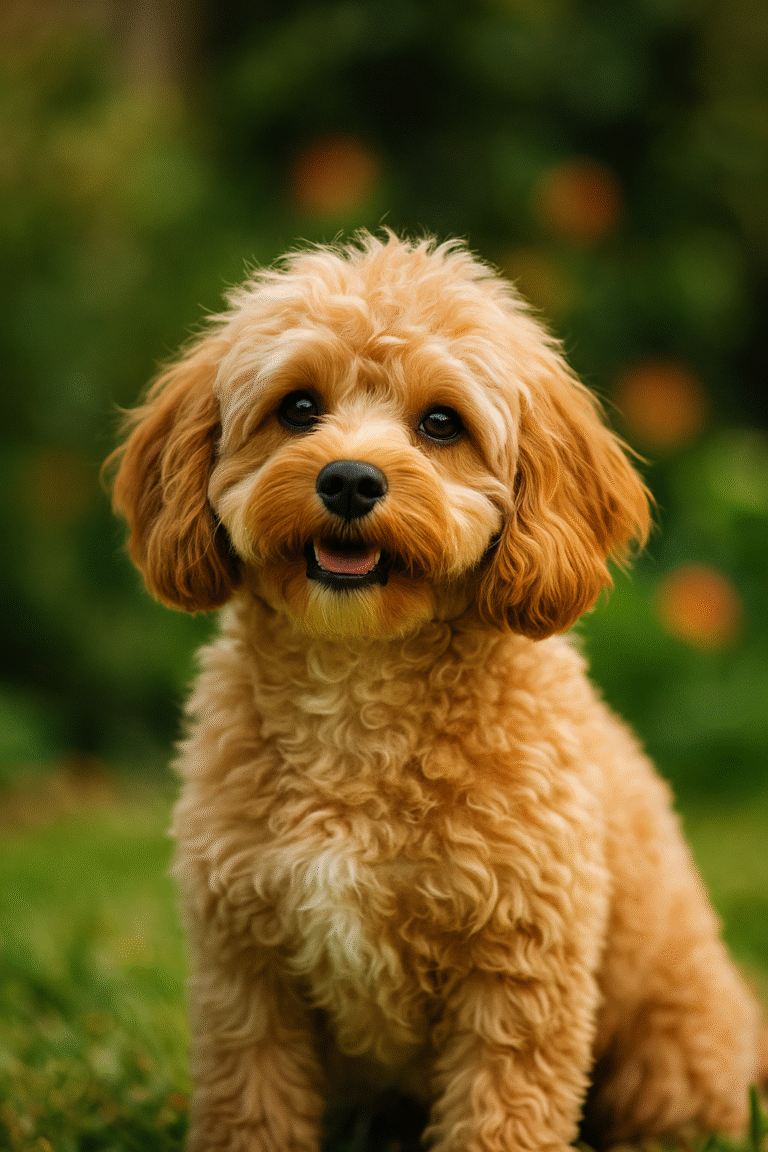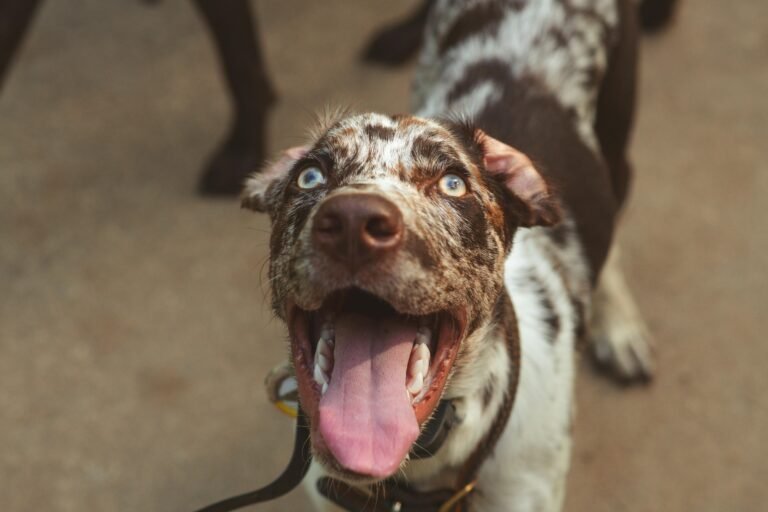The Australian Shepherd is a medium-sized herding dog known for its boundless energy, intelligence and striking good looks. Despite its name, the breed was developed in the western United States to help ranchers move livestock across rugged terrain. Over the years these “Aussies” have earned a reputation as versatile working dogs, excelling at everything from herding sheep and cattle to agility sports, search and rescue and therapy work. When given a job to do they are tireless and focused, but off the clock they can be affectionate companions who thrive on human companionship. This article explores the origins of the Australian Shepherd, its unique physical traits, temperament and exercise needs, and offers advice on training, grooming and living harmoniously with this dynamic breed.
History and Origins
Many people assume that the Australian Shepherd hails from Australia, but the breed is actually a product of the United States. In the 1800s Basque shepherds immigrated from Europe to Australia and then to California, bringing with them their sheep and their herding dogs. Ranchers in the American West admired the dogs’ herding abilities and began developing a versatile herding dog suited for the region’s rugged ranges and ever-changing weather. The Australian Shepherd was developed in the U.S. to herd livestock, and the American Kennel Club recognized the breed in 1991. Throughout the 20th century Australian Shepherds gained popularity on rodeo circuits and in television shows as people fell in love with their flashy merle coats and intelligence.
Physical Characteristics
Australian Shepherds are medium-sized dogs with well-balanced, athletic bodies. Males typically stand 20–23 inches tall at the shoulder and weigh 50–65 pounds, while females stand 18–21 inches and weigh 40–55 pounds. They have medium-length, weather-resistant double coats that can be straight or wavy, with feathering on the legs and sometimes a mane. Coat colors include black, red, red merle and blue merle, often with white markings and tan points. Their eyes may be brown, blue, amber, or even two different colors. Ears are triangular and set high, and their tails may be naturally bobbed or docked.
Temperament and Personality
The Australian Shepherd’s temperament is as lively as its appearance. These dogs are highly intelligent and eager to please, which makes them quick learners. They are also extremely energetic and require regular outlets for their energy. Without sufficient activity, Aussies may develop problem behaviors such as chewing, digging or trying to herd children and other pets. When properly exercised, they are affectionate, loyal and playful with their families. They may be reserved with strangers and protective, making them excellent watchdogs. With early socialization they usually get along well with kids and other animals, though their instinct to nip can be triggered by fast-moving children or bikes. Because they bond closely with people, they may experience separation anxiety if left alone too long.
Exercise and Activity Requirements
Owning an Australian Shepherd is not for those seeking a low-energy dog. Aussies require at least 1–2 hours of daily exercise and mental stimulation. A simple walk is rarely enough — they thrive on having a job. Activities such as herding trials, agility, flyball, dock diving, obedience competitions, or long hikes are excellent outlets. Mental challenges are just as important: puzzle toys, scent work and advanced commands will keep their active minds engaged. Without these outlets, Aussies can become hyperactive or destructive.
Training and Socialization
Training an Australian Shepherd can be very rewarding thanks to their intelligence and eagerness to learn, but they require consistent, positive-reinforcement methods. Early socialization helps them grow into confident adults. Puppy classes and obedience training that use reward-based techniques are highly recommended. Their herding instincts mean they must be taught impulse control to prevent nipping or chasing. Keep sessions short, varied and engaging to hold their attention. They respond especially well to clicker training, games and problem-solving tasks. Harsh methods can harm their trust, so focus on praise, treats and play.
Care and Grooming
The Australian Shepherd’s double coat protects against weather and dirt but does require maintenance. Weekly brushing prevents matting and controls loose hair, while daily brushing may be needed during shedding seasons in spring and fall. Bathing is only necessary occasionally. Regular nail trimming, ear cleaning and dental care should also be part of the routine. Active Aussies should have their paws checked after outdoor adventures to remove debris or treat small cuts. Grooming is not only about looks but also an opportunity to check their overall health.
Health and Nutrition
Australian Shepherds typically live 12–15 years and are generally healthy, but they can be prone to certain hereditary conditions. These include hip and elbow dysplasia, epilepsy, eye disorders such as cataracts and collie eye anomaly, and sensitivity to some medications like ivermectin. Double-merle breeding should be avoided, as it increases the risk of deafness and blindness. Regular vet checkups and screening tests for hips and eyes are recommended.
In terms of diet, Aussies do well on a high-quality dog food tailored to their size and activity level. A typical serving is around 1.25 cups twice a day, but actual amounts depend on age, weight and exercise. Look for foods with quality protein, healthy fats and balanced nutrients. Avoid overfeeding to prevent joint stress from excess weight, and always provide fresh water.
Living with an Australian Shepherd
Australian Shepherds thrive in active households with plenty of space. They do best in homes with large fenced yards or in rural settings, though they can adapt to city living if given enough daily exercise. They may try to herd children or pets, so supervision and training are important. Aussies dislike being left alone for long stretches and do best when included in family activities. They excel when given responsibilities, whether through dog sports, therapy work or simply accompanying their owners on errands. With the right lifestyle, they are affectionate, loyal and endlessly entertaining companions.
Conclusion
The Australian Shepherd is a dynamic, intelligent and loyal breed, perfect for active individuals or families who can meet its needs. Bred for herding livestock, Aussies retain their strong work ethic and thrive on having tasks to perform. They are affectionate with their families, protective when needed and striking in appearance. Prospective owners must be prepared to provide vigorous daily exercise, ongoing training and regular grooming. When their needs are met, Australian Shepherds will reward you with years of devotion, fun and partnership. For those who live an active lifestyle and want a dog that can keep up, the Aussie may be the perfect choice.






